|
From providing drinking water to leaving grass to grow: here are eight easy ways to help wildlife this summer. Many of us are aware that wildlife needs extra help to survive during the cold winter months – but lots of creatures also need a helping hand when the weather's hot and sunny. So how can we help wildlife in summer? Here are 8 easy actions! #1 Give birds a drink If you only do one thing, providing water for the wildlife in your garden should be it. In a hot summer, water is as essential for birds as it is for us. During prolonged periods of dry weather, fresh drinking water is harder for birds to find, as natural sources such as streams and ponds may dry up. Bathing is important for birds too, to remove dirt and grit and keep their feathers in tip-top condition. If you don't have a pond (more about ponds in a minute), the birds in your garden will really appreciate a birdbath. Most purpose-built birdbaths are designed with a shallow basin that gradually deepens – this will attract a variety of birds, as different birds like different depths of water to bathe in. It doesn't have to be a fancy birdbath, though – any shallow dish or container will do the same job. Try putting water out in a plant pot saucer or even an old frying pan! If the container has very smooth sides, smaller birds may not be able to grip onto it and may fall into the deeper water – putting some gravel or small pebbles in the container will help prevent this. #2 Top up garden ponds If you have a garden pond, then you're already providing a great source of drinking and bathing water for birds – as well as for small mammals. Ponds also offer a habitat for many invertebrates, such as dragonflies and damselflies. Be sure to check the water level in your pond regularly, as shallow ponds in sunny positions can dry up, leaving pond creatures stranded. If you have access to rainwater from a water butt it's best to use this to top up the pond, as this maintains the correct ecological conditions. But tap water is better than nothing if that's all you have – just top up little and often to avoid altering the water quality too much. If your pond is deep, make sure there's a gently sloping access and exit point for small animals – a few strategically placed stones can help. Although hedgehogs can swim a little, they may drown if they become trapped in a steep-sided pond or trough. #3 Make a bee bowl It's not just birds that need a drink. Bees need water too. Many natural sources are too deep or fast-flowing for bees, and they can they drown in water bowls and birdbaths. So why not make a bee bowl? Find or buy a shallow container – a terracotta saucer from the garden centre works well – and fill it with small pebbles or marbles. Then fill with water, making sure that plenty of pebbles stand out of the water, to give the bees something to land on. You'll need to top up birdbaths and bee bowls every day with fresh water – and birdbaths may need cleaning with hot soapy water if droppings accumulate. #4 Grow nectar-rich plants for butterflies Butterflies are in trouble: of the 57 species monitored by the UK Butterfly Monitoring Scheme, 35 have declined in the past 40 years. This year is the 50th anniversary of wildlife charity Butterfly Conservation, so it's a good time to think about how we can help the butterflies that visit our gardens – and how to help prevent any further declines. Habitat loss is one contributing factor, so butterfly-friendly gardens are vital. And if you want a summer garden full of butterflies there are lots of plants that will attract them. Chose a sunny, sheltered spot for your nectar-rich garden – and avoid frilly, double flowers, which contain little nectar and pollen and are hard for bees and butterflies to get in and out of. Buddleia is one of the best plants to grow for butterflies. Also known as the 'butterfly bush', it is easy to grow, as it will thrive in almost any soil or situation. Other great plants for attracting butterflies include scabious, lavender, marjoram and verbena bonariensis. Also include some plants that flower later in the year, such as sedums and Michaelmas daisies – this will give hibernating butterflies the energy boost they need to get them through the colder months. # 5 Grow plants for caterpillars It's not just the adult butterflies that need to eat – caterpillars need nutrition too. So grow some butterfly larval food plants as well as nectar-rich blooms. One of the best caterpillar-friendly plants is the stinging nettle. Peacocks, red admirals, commas and tortoiseshells – not to mention many species of moth – will all lay their eggs on nettles. So if you have a patch of stinging nettles in your garden, try to avoid cutting them back. Garlic mustard – also known as Jack-by-the-hedge – is a favourite food of orange-tips, and painted ladies will lay eggs on thistles. #6 Leave windfall fruits in situ Leaving windfall apples and plums under the tree can provide a useful source of food for butterflies, bees and small mammals. Butterflies also love ripe bananas, so if you have an over-ripe banana in your fruit bowl, try putting it out for butterflies to feed on instead of throwing it away. You can just place it on the grass – or make a simple feeder by twisting thick wire into a spiral and suspending it from a tree. #7 Grow the grass long
Leaving a patch of unmown grass in a corner of the garden is a great way to help all kinds of wildlife. Bumblebees nest in long grass, and it gives small mammals, amphibians and invertebrates like butterflies a cool, shady place to hide and shelter. #8 …and say no to pesticides Avoid the use of pesticides, which kill butterflies and other pollinating insects, and also kill ground beetles, spiders and beneficial insects such as ladybirds. Source: http://littlegreenspace.org.uk/features/Helping-wildlife-in-summer.html London’s food-growing schemes offer harvest of fruit, veg and friendship. Behind a row of local authority maisonettes in Islington, north London, on a sun-drenched Tuesday morning, the air hums with insects. Landing bees bend the stems of a patch of lavender as Peter Louis, 60, clears overgrowth with shears.“I come here in winter probably once or twice a week; in summer probably about two or three times a week,” he says. Louis lives alone and is out of work because of poor health. But at the project he can meet friends, and even when he doesn’t the work is a salve to his isolation. “Since the Covid lockdown I suffer from anxiety, stress and depression, and I’m a hands-on person: I have to do something, sitting at home won’t help me,” he says. “And at the end of the day I feel really good. It’s not because I might have fruit or veg to get out of it; it’s the fact that we’re doing this for everyone.” Islington is London’s most crowded borough: 236,000 people crammed into 5.74 sq miles. Land is scarce and expensive: Family homes with gardens change hands for £1m-plus, but almost a third of the borough’s households have no private outdoor space. Space is so tight Islington cannot meet its legal requirement to provide residents with allotments. It is hardly the ideal location for growing food. But for the past 12 years growing food is exactly what the Octopus Community Network has been doing here. The charity runs eight growing sites, located in areas of serious deprivation, and supports a number of other smaller initiatives. They offer access to nature, education and for socialising. And, when harvest time comes, produce is distributed to the community, providing fresh organic vegetables to families that struggle to afford them. On the Hollins and McCall Estate in Tufnell Park on Tuesday, at Octopus’s community plant nursery, six women are potting up vegetable shoots. The nursery, with a range of beds, a polytunnel, various composters and a shed full of equipment and supplies, is Octopus’s education and learning hub. “The beds are demonstrations of different kinds of growing techniques,” says Frannie Smith, the charity’s full-time community cultivator, overseeing the work. “Then the plants get given away to community groups across Islington to help facilitate their growing. Everything here is about making connections with people that want to be involved with urban food growing in Islington.” AdvertisementDaniel Evans, a researcher at the school of water, energy and the environment at Cranfield University, in Bedfordshire, says growing food in towns and cities can deliver ecosystem benefits, “which are much more than just about putting food on a plate”. Recently Evans worked with colleagues from the universities of Lancaster and Liverpool in scouring every single piece of research they could find on the benefits of farming areas in urban spaces. Vegetation of the right kinds are particularly good for sequestering carbon from the atmosphere, regulating microclimates, harbouring biodiversity, encouraging pollination, and restoring soils, they found. In some circumstances, green spaces can even mitigate natural disasters by, for example, absorbing flood water. “There are benefits also to humans, in what we call cultural services, things like recreation,” he says. People getting out into the allotment or community garden can often bring them not only physiological but mental health benefits as well. Often it allows them to interact with people who they wouldn’t necessarily live or work near, thereby kind of enhancing those societal relations and, for some of them, it’s a great opportunity to get, you know, spiritual experience, a sense of being in a green space, whereas most towns and cities are pretty much grey.” Smith finds a range of ways to get people involved. Members of the local Good Gym help carry deliveries of compost. Residents of a nearby halfway house for recovering addicts till the soil of a church garden alongside wealthy octogenarians. Soon, Octopus will begin a partnership with Mencap to teach disabled adults, as well as volunteers to work with them. But, as many social and psychological benefits as a scheme such as Octopus brings, the food growing can not just be an afterthought. “What we’ve seen in the last few years now is a real need to start thinking about local food growing, or at least sharing out the load,” says Evans. “The UK has a great reliance on food imports. The UK a couple of years ago was importing about 84% to 85% of food; about 46% of vegetables that are consumed in the UK are imported from abroad. “So, of course, when you have a crisis event, like a pandemic or like Brexit, that can really threaten supply. And so if you get local authorities or people growing in their local community together, just helping out producing fruit and vegetables for that local community, then you’re helping to lessen the severity of those shocks.” Eight-and-a-half miles south, across the River Thames, and 33 metres under the streets of Clapham, is an underground farm run by Zero Carbon Farms (ZCF) an entirely different kind of urban food-growing project, which says it uses 70% less water and a fraction of the space of a conventional farm. Evans says the future is probably a mix of the Octopus and ZCF models. “Because there’s quite an interesting paradox here. You get more people into a city, and then you’ve covered up all the soils for those residential buildings and you’ve not got anywhere to grow food any more. So we need to think quite creatively. This is where the hi-tech and digital might come in, about how we use some of these spaces to alleviate that issue.” But a project such as ZCF lacks key elements offered by Octopus, Evans adds. “The real question really here is how does it affect the individual life – you know, the individual urban dweller? “I think cases like the Octopus community – which is not hi-tech, it’s pretty accessible to all, it brings together a wide variety of people from the local neighbourhood – that is, in a sense, what creates sustainability, because we can’t always have experts and specialists doing these things on behalf of everyone,” he says. “We need to get the local community involved so that they in a sense help feed themselves and help sustain their own futures.” … we have a small favour to ask. Tens of millions have placed their trust in the Guardian’s fearless journalism since we started publishing 200 years ago, turning to us in moments of crisis, uncertainty, solidarity and hope. More than 1.5 million supporters, from 180 countries, now power us financially – keeping us open to all, and fiercely independent. Unlike many others, the Guardian has no shareholders and no billionaire owner. Just the determination and passion to deliver high-impact global reporting, always free from commercial or political influence. Reporting like this is vital for democracy, for fairness and to demand better from the powerful. And we provide all this for free, for everyone to read. We do this because we believe in information equality. Greater numbers of people can keep track of the global events shaping our world, understand their impact on people and communities, and become inspired to take meaningful action. Millions can benefit from open access to quality, truthful news, regardless of their ability to pay for it. Source: Guardian |
Archives
January 2023
Categories
All
|
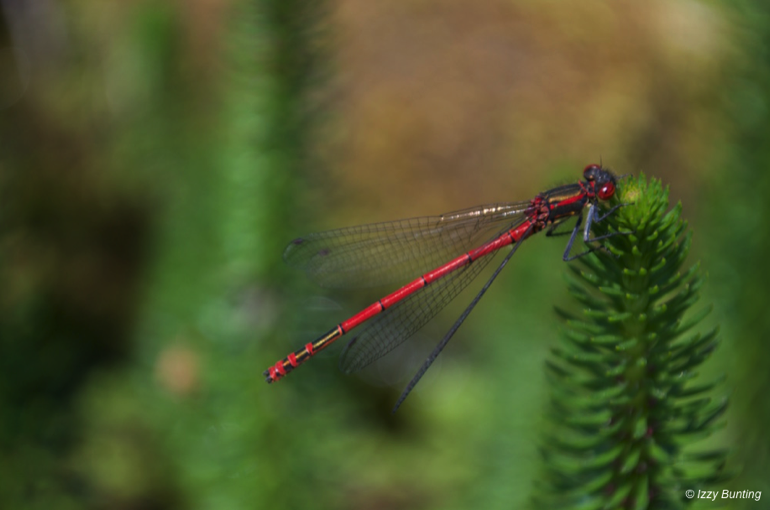
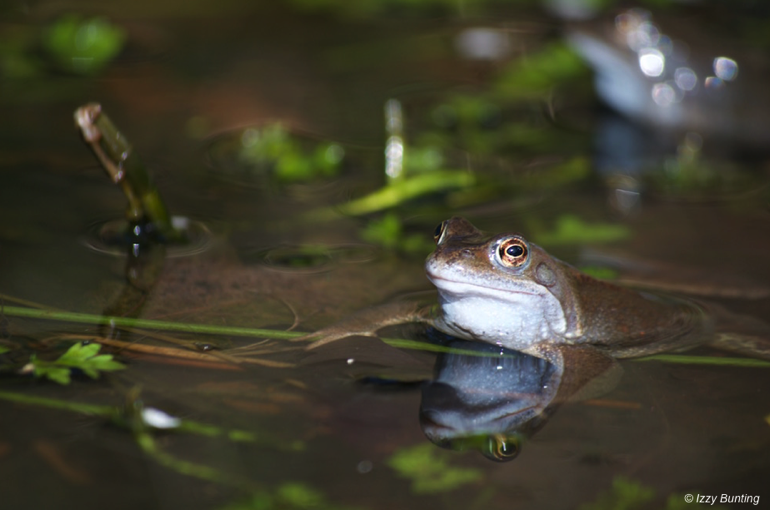
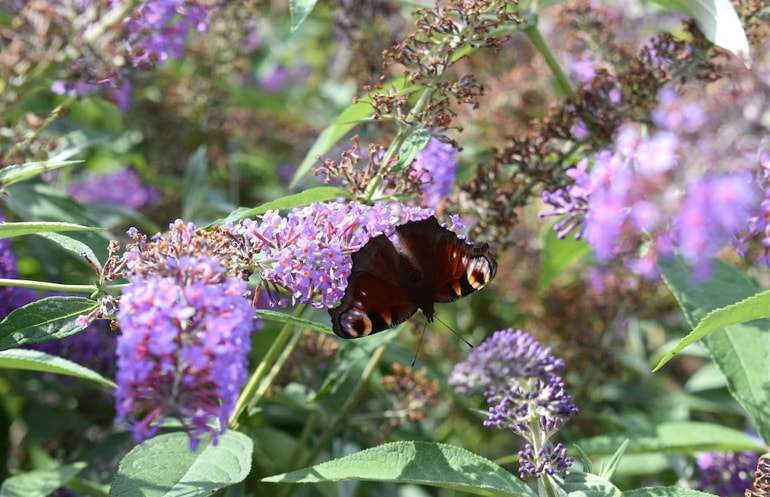
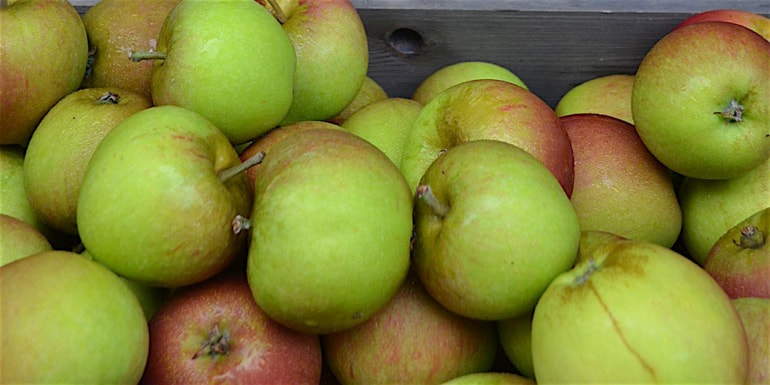
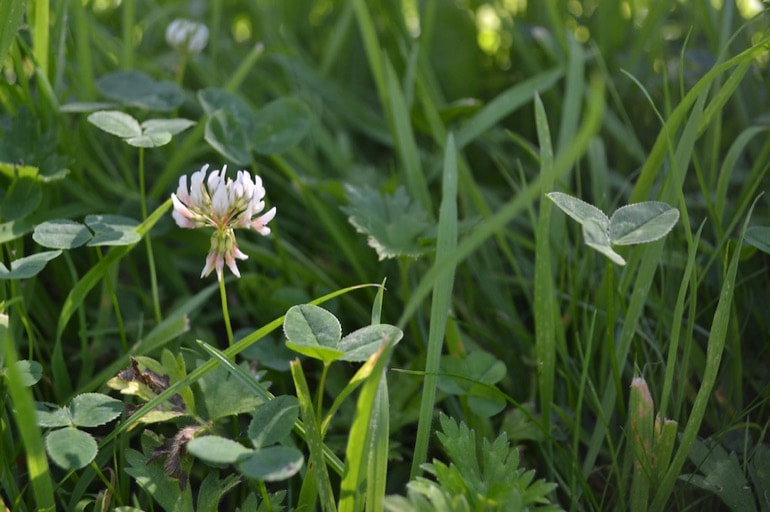
 RSS Feed
RSS Feed
